Research
The facts and figures behind the CPG industry and the millions of American lives it touches.
research
Explore sections

The duties being sought are counter-productive
- U.S. steel manufacturers do not produce tin mill products in sufficient quantity nor of the specifications needed; U.S. can manufacturers and food processors depend on imports from reliable trade partners and allies.
- Demand for cans and canned food products is growing.
- The costs borne by consumers would be a 19 to 30 percent increase in canned food costs.
- There would be significant unintended consequences to down-stream jobs, food security, nutrition program and charitable feeding program costs, and up-stream costs to agricultural producers.
Antidumping Duties on Tin Mill Steel Will Cost U.S. Food Consumers
The U.S. Department of Commerce is considering imposing antidumping tariffs on imports of the tin mill steel that is used to make metal cans for food and other items. The proposed duties are unwarranted, unnecessary, and counterproductive.
Download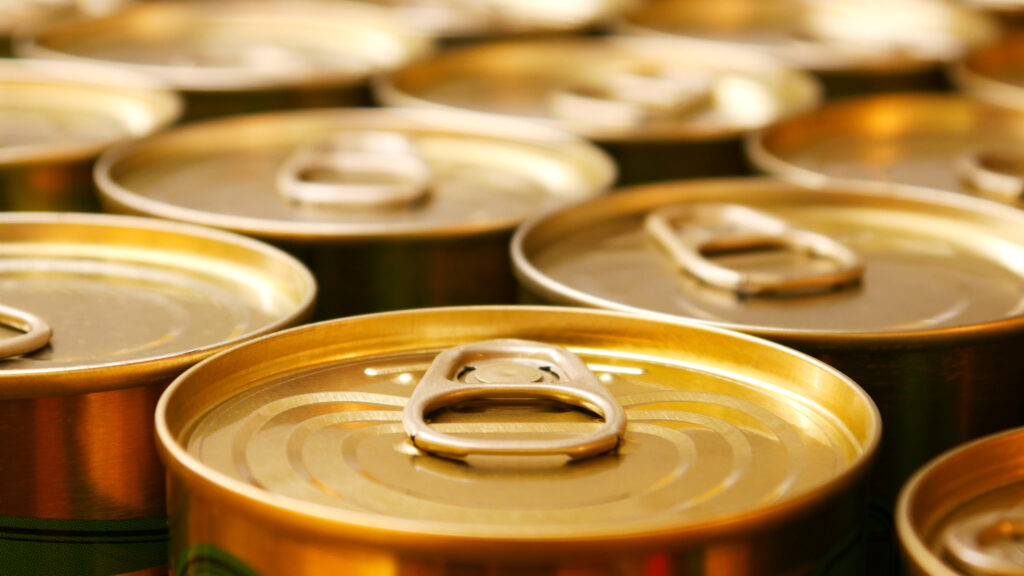
Price Hikes for Manufacturers and Consumers
- The higher costs for tin mill products will force American can manufacturers to raise the prices of cans, causing a drop in domestic output of tin cans destined for both U.S. and export markets.
- Rising costs of U.S.-made tin cans will cause U.S. production of canned foods to be less competitive and put U.S. food product manufacturers under pressure to reduce their workforce by nearly 37,000 workers.
- For every steel worker who gains from the duties, more than 600 other manufacturing jobs in downstream industries will be threatened.
Classic Domino Effect:
Imposition of New Duties on U.S. imports of Tin Mill Products Will Hurt American Workers
Cleveland Cliffs and the United Steelworkers union filed petitions seeking the imposition of antidumping (AD) and countervailing duties (CVD) on tariffs of up to 300% on imported tin mill products from eight countries. Tin mill is used in products ranging from canned soup to pet food to aerosol products. A new tax on tin mill products would compound existing price pressures for the consumer products industry. This study attempts to estimate some of those impacts, including the likely impact on U.S. manufacturing employment.
Download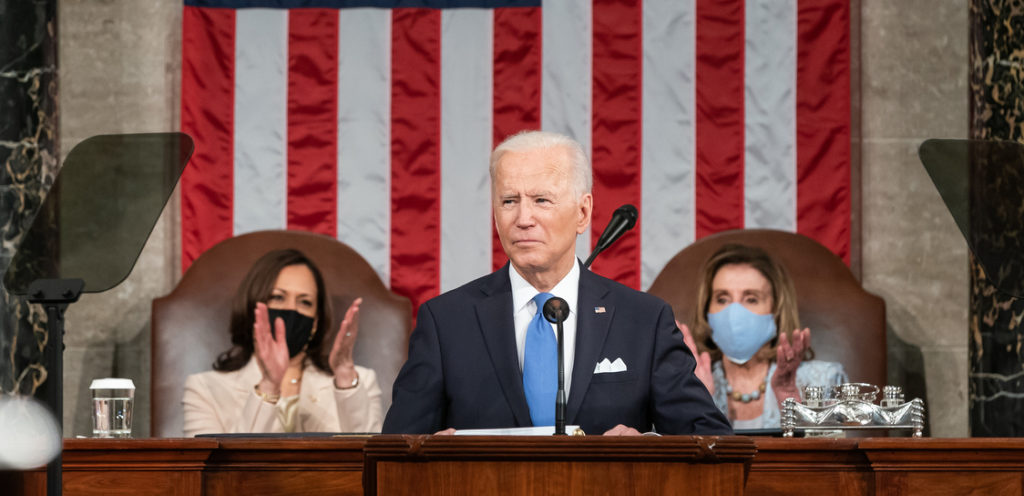
Key Takeaways
- 9-in-10 respondents feel it is important to expand trucking capacity next year to meet supply chain demands.
- 8-in-10 respondents expect to see trucking action from their senators.
- 7-in-10 respondents have experienced shortages at grocery stores lately.
Supply Chain Isn’t Just a Holiday Issue. It is on the 2022 Ballot in Key States.
In the key states of Arizona, Georgia, Nevada and New Hampshire, Consumer Brands/Morning Consult polling found that the supply chain is going to be a major issue with voters in the 2022 midterm election — and that they expect their elected officials will act on solutions to prevent the next supply chain crisis.
view report
What’s Driving up Costs?
- Record consumer demand.
- Significant labor shortage across the CPG supply chain.
- Soaring wholesale and shipping costs.
CPG Economic Pulse: Q3 Report and Cost Forecast
Ever-increasing consumer demand feels like an almost rote takeaway as the final numbers from the third quarter of 2021 tell a familiar story. What is new territory, however, is that in August and September of the third quarter, demand pushed above the unprecedented sales of March 2020 when store shelves were emptied by panicked consumers.
View Report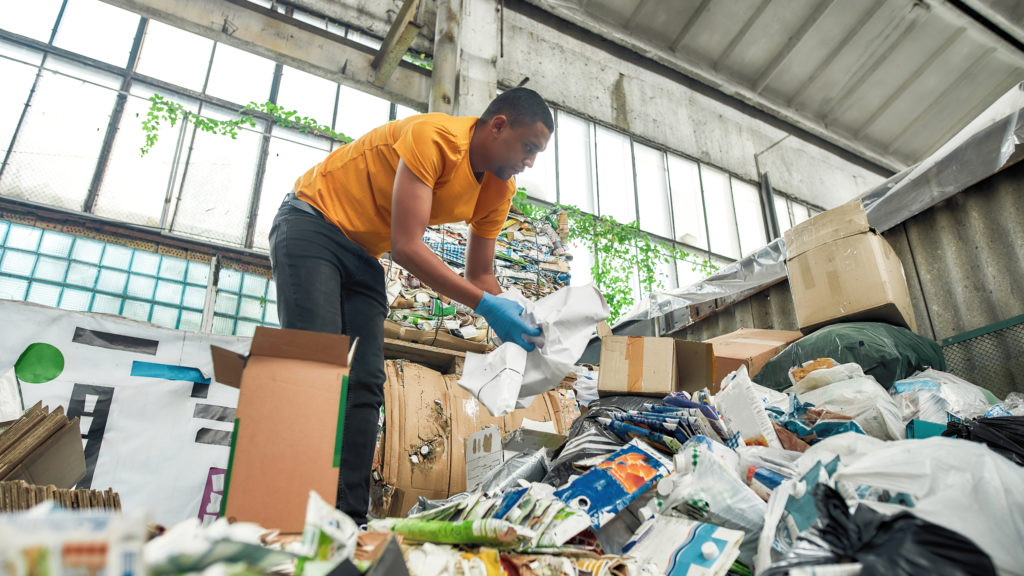
Key Takeaways
- 71% of Americans say having nearly 10,000 recycling systems creates confusion.
- 65% believe recycling rules should be the same nationwide.
- 20% of Americans read their local recycling rules.
Set up for Failure
How the Fragmented Approach to Recycling Fails Consumers and the Environment
Defining an easy answer for recycling today may be impossible; but getting to that answer is not only possible but capable of unlocking recycling’s potential. Achieving uniformity in recycling definitions is the first and most critical step in the process of reimagining the American system — the true gateway to meaningful change.
view report
What the Data Shows
- Demand jumped 8.7%, despite rollout of vaccines and widespread reopening of the country.
- Adding only 12,000 jobs in the quarter, CPG is facing a labor crisis — despite wage increases.
- The cost of making essentials continues to go up, with record Producer Price Index readings.
CPG Economic Pulse: Q2 Report
New data counters the assumption that demand for consumer goods would decline from early pandemic levels as vaccines became widely available and the country returned to relative normal. Instead, elevated demand persists — exacerbating supply chain and labor challenges.
View Report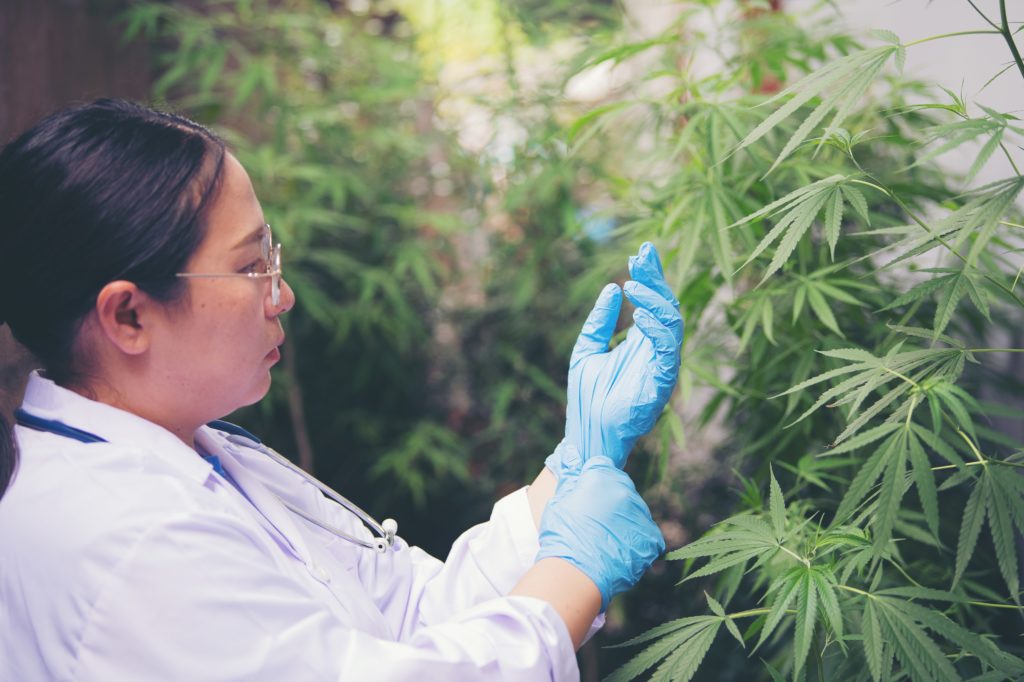
The Wild West of CBD
- 74% of Americans incorrectly assume or have no idea if CBD is federally regulated.
- 3.3, on a 1-10 scale, is where consumers ranked their knowledge of CBD.
- 28% of Americans have tried a CBD product.
Unregulated and Exploding
How the CBD Market Is Growing Amid a Labyrinth of State Approaches and Rampant Consumer Confusion
The cannabidiol market is exploding. But the Consumer Brands Association’s latest survey shows that Americans’ knowledge about CBD is not.
View Report
What the Data Shows
- Demand for consumer goods has reached its highest levels since the start of the pandemic.
- Every link in the supply chain is creating more cost for CPG companies to deliver for consumers.
- The CPG economic forecast that now anticipates greater sales and a later return to normal growth patterns.
CPG Economic Pulse: Q1 Report
Even as vaccines roll out in greater numbers, the data shows a clear and somewhat surprising rise in demand during the first three months of this year — where March 2021 saw the greatest demand of any month since the beginning of the pandemic in March 2020.
View Report
5 Key Trends
- CPG demand will stay elevated long after the vaccine is widely accessible.
- Supply chain concerns will fade from consumers’ view, but will still drive big changes in CPG operations.
- There will be new urgency to fix the broken recycling system.
- Transparency demands will accelerate on consumer expectations, government requirements and new digital fluency.
- Businesses will assume bigger role as societal change agents and forces for good.
The CPG Post-Pandemic Outlook
While COVID-19 is not yet in the rearview, the arrival of vaccines that prevent its spread brought with it hope for brighter days ahead. There will not, however, be a return to what was considered normal in February 2020. Five trends will redefine the CPG industry as the world emerges from the pandemic, as informed by a Consumer Brands Association/Ipsos poll and interviews with Consumer Brands subject matter experts.
View Report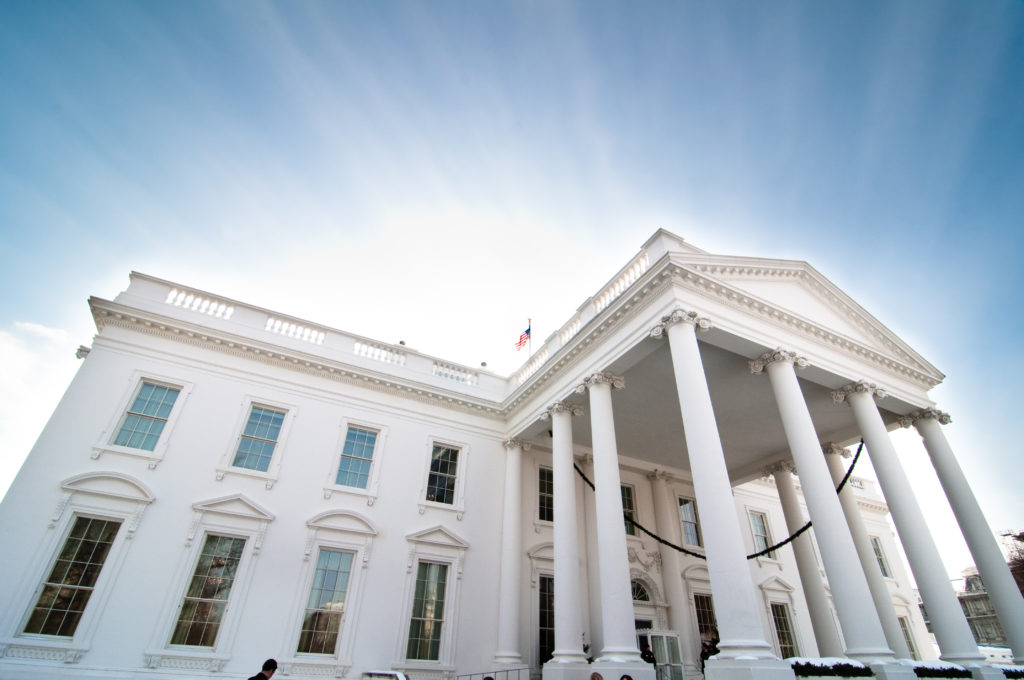
What’s Inside:
- The role of government in fostering safe, efficient, resilient and innovative supply chains
- Key public policy issues and recommendations identified by thought leaders
- The federal landscape: public-private sector initiatives
- The case for a federal office of supply chain
U.S. Supply Chain Policy Priorities
Consumer Brands worked alongside the Council of Supply Chain Management Professionals and Iowa State University to detail impactful policies and make a series of recommendations about how to improve supply chain resiliency and competitiveness. The key takeaway? A federal office of supply chain is desperately needed to provide the required leadership to develop sound public policy, monitor its implementation and assess its results.
View Report
Key Findings
- Current supply chains under-deliver for CPGs and retailers.
- Collaboration lowers costs and reduces fines and fees.
- Data sharing, visibility and new performance pricing models are essential.
- CPGs, retailers and ultimately consumers will win if new best practices are adopted and scaled across the industry.
Want Better Shopper Experiences and Supply Chain Cost Reductions?
The time has come for CPG companies and retailers to create a plan for how to work better together to unlock trapped value and enhance shopper experiences in physical and digital stores. Improving “on time, in full” (OTIF) supply chain performance will require CPG companies and retailers to share data and get closer to the consumer, adopting a “network of networks” mindset while establishing new levels of trust and transparency. Consumer Brands and Accenture partnered to produce these findings.
Download
Key Takeaways
- CPG demand grew by 9.4% over 2019.
- CPG recovered 98% of its pre-pandemic level jobs, outpacing the overall economy.
- Wages in the third quarter of 2020 were 3.4% higher than in 2019, all while wages in the broader economy declined .8%.
CPG Economic Pulse: 2020 in Review
In the face of incredible demand, the industry was unafraid to change the game to deliver for consumers. A full year of economic data proves that high demand was unrelenting and that CPG companies rose to the occasion through innovation, creativity and flexibility — and continues to do so.
view report
Home for the Holiday?
- CPG purchases will rise 9.5-11.5%
- 75% of Americans will stay local for the winter holidays.
- 58% of Americans are at least a little worried about what online shopping increases will mean for getting CPG essentials.
The pandemic continues to upend not just what is normal, but also what is special, as we enter the 2020 holiday season. In the inaugural CPG Economic Pulse: Holiday Forecast, Consumer Brands looks at what the industry can expect from Thanksgiving to the ball drop this year.
View Report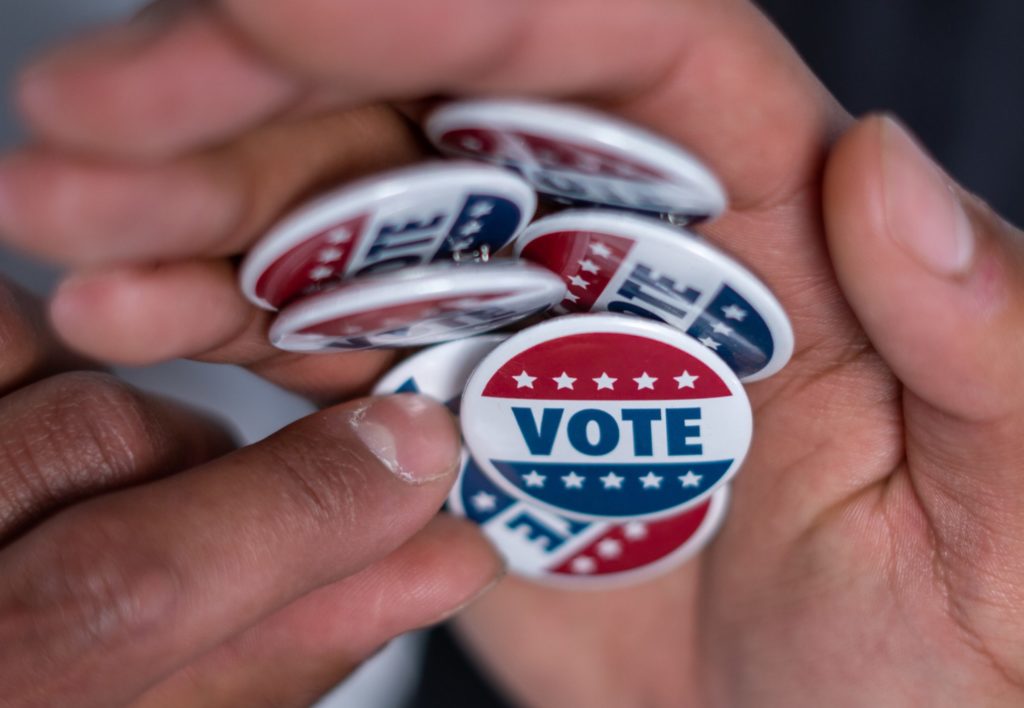
Taking a Stand?
- 49% of voters said CPG brands should avoid advocating for political change.
- 27% of voters stopped buying a brand because they don’t support its political stance.
- 15% said they had bought a brand because of its political stance.
How Voters View CPG Brand Engagement in Politics
There is a clear distinction in the minds of consumers about social issues and political interests. In a survey of 1,500 registered voters conducted by Echelon Insights, Consumer Brands discovered that companies have more guardrails and expose themselves to more risk when it comes to political engagement.
View Report
Life Amid a Pandemic
- 86% of Americans say they are concerned about the coronavirus, and their worries about access to CPG products are rising.
- 47% of Americans say their trust in CPG has grown during the pandemic.
- 31% of Americans say the pandemic response has affected who they are likely to vote for in the presidential election.
The COVID-19 pandemic has thrown American life into chaos and Consumer Brands’ coronavirus surveys have proven that this new normal is anything but.
View Report
Environmentalism During COVID-19
- 69% of Americans are more concerned about safety and hygiene than environmental impact.
- 62% agree that improving the recycling system so it can efficiently process plastic is the best way to deal with plastic waste, rather than banning plastic entirely.
- 11% believe that America’s recycling systems are doing their best to recycle the material they receive.
How COVID-19 Has Forced American Recycling to a Critical Juncture
The pandemic has fundamentally changed America. It has forced us to a critical juncture for our environmental future. Will we use this crisis as an opportunity to rethink and rebuild an outdated recycling system or will we allow its continued deterioration?
VIEW REPORT
What Keeps CEOs Up at Night?
- 86% of the CEOs ranked the consumer as having the number one impact on their decision-making, establishing consumers as the de facto regulator of the industry.
- CEOs ranked complying with a patchwork of state regulations as the biggest issue impacting business.
- The top areas of focus for CEOs in 2020 are attracting new talent and increasing company sustainability.
Industry View 2020
The Consumer Brands Association’s Industry View 2020 is the inaugural research examining the issues of greatest concern to CPG leaders. Through a survey of 28 CEO or equivalent-level executives from Consumer Brands Association’s membership, Industry View 2020 looks inside the minds of those at the helm of America’s most iconic brands.
VIEW REPORT
Key Lessons
- It’s time to shift from a supply chain to supply network.
- Data and technology must underpin the network.
- Policy approaches can accelerate supply chain resiliency.
- Supply networks will develop new attributes to be successful.
The Future of Supply Chain
Supply networks, not chains, will power future growth in CPG. This report examines the future of supply chain and its potential advantages — based on interviews with more than 20 leading CPG supply chain executives, as well as additional research from Accenture and Coyote Logistics.
Download
The Wild West of CBD
- 92% of Americans incorrectly assume or have no idea if CBD is federally regulated.
- 34% of Americans have purchased a CBD product.
- 82% of Americans expressed alarm upon learning no federal agency regulates CBD.
The Urgent Need for CBD Clarity
The market for cannabidiol (CBD) products is booming but research from the Consumer Brands Association shows that an overwhelming majority of Americans are confused about what CBD is, what it does and whether CBD products are safe. Without a uniform federal regulatory framework in place, consumers lack the basic information they need to make informed decisions about CBD.
Download
The Need for National Standards
- 83% of Americans say tackling plastic and packaging waste is an opportunity for the federal government to lead.
- 77% of Americans agree that the federal government should tackle plastic waste as its next “moon shot.”
- 93% of Americans believe national standards will alleviate recycling confusion.
Launching America’s Recycling Moonshot
Consumer Brands Association research reveals that Americans want the federal government to lead on a solution to the plastic and packaging waste crisis. They feel it is worthy of a “moon shot,” mirroring the collaborative efforts the government orchestrated for the Apollo space project. But right now, most Americans say they do not feel that the federal government is doing enough and that the nation’s recycling system is crumbling.
Download
The CPG Industry Supports:
- 20.4 million jobs
- $1.1 trillion of labor income
- $2.0 trillion of value added
Every day. Everywhere. Powered by CPG.
The consumer packaged goods industry is the largest manufacturing employer in the United States. The food, beverage, household and personal care products the industry makes positively impact the lives of every American, every day.
View Report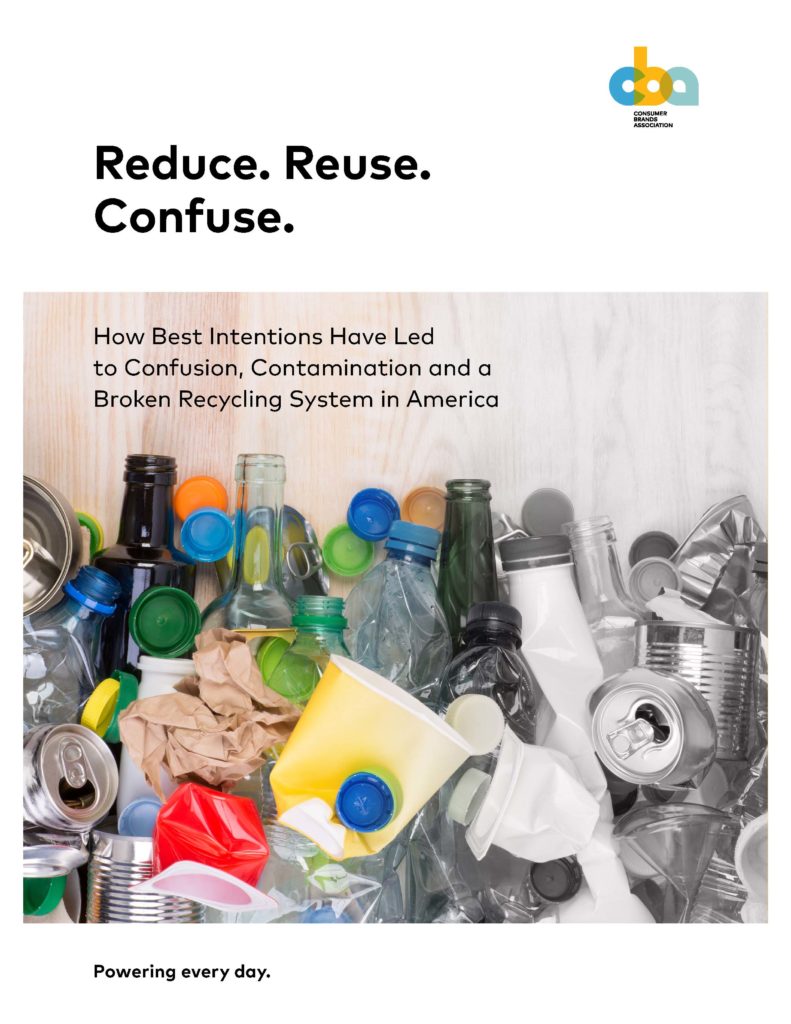
America’s Broken Recycling System
- More than 90% of Americans say they feel they know their local recycling rules, but fewer than six-in-ten report researching them.
- 26% of Americans rank recycling as more confusing than building IKEA furniture.
- 74% of Americans say that more standardized rules at the national or state level would bring more clarity to recycling.
Reduce. Reuse. Confuse.
100% of the 25-largest CPG companies have committed to more recyclable packaging — 80% of companies will be fully recyclable by 2030. But barriers remain. There is deep consumer confusion about how and what to recycle, evidence of a fragmented system where change is imperative.
Download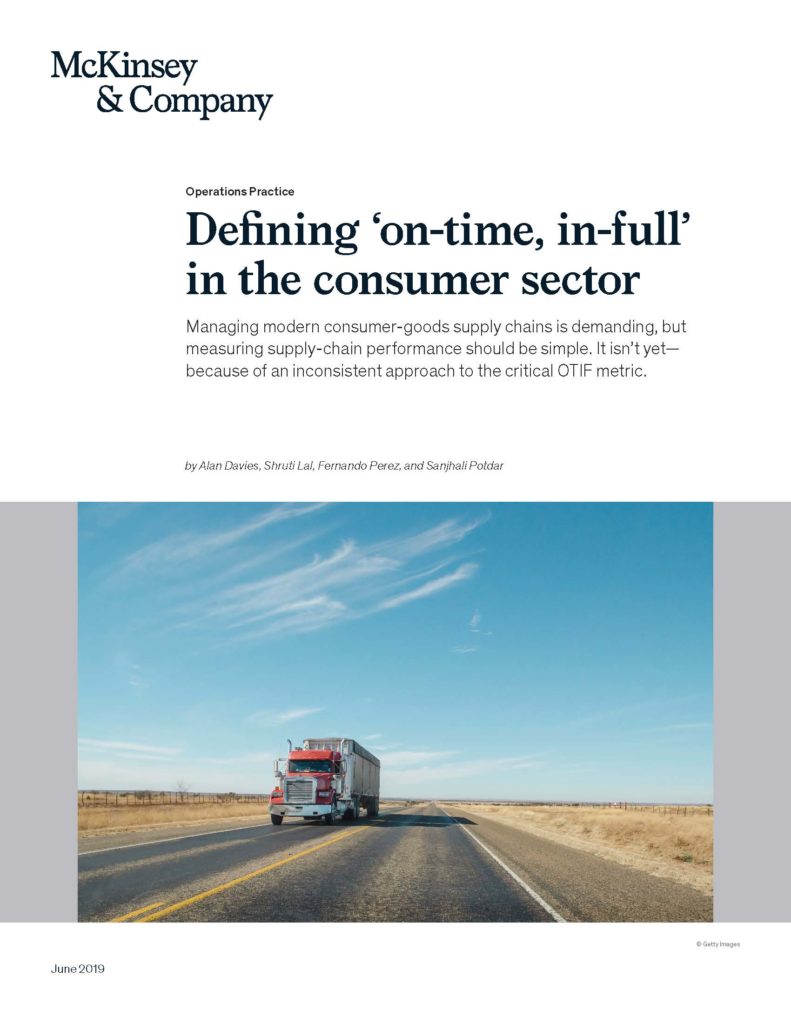
A Consistent Metric:
Case quantity that is delivered to the destination by the requested delivery date, calculated as a percentage of the ordered quantity that:
- Disregards any over-delivered quantity or inaccurate product
- Measures arrival at the destination facility
- Adjusts delivery time for any retailer-caused appointment delay, measures to the end of the working day and includes a one-day early allowance
Defining ‘On-time, In-full’ in the Consumer Sector
Measuring supply-chain performance should be simple. But it isn’t yet — because companies are using an inconsistent approach to a critical metric that measures if shipments are delivered successfully, called “on-time and in-full.” The Trading Partner Alliance, of which the Consumer Brands Association is a founding member, surveyed 24 major retailers and CPG companies to create consistency.
Download
Ditching Dwell Time
- Improper load balancing can be fixed by flexible staffing and strict appointment scheduling that considers product type and complexity.
- Carrier arrival delays create a dwell time domino effect, increasing congestion.
- Granular data and robust reporting are critical for identifying bottlenecks.
Reducing System Dwell Time Through Collaboration
When drivers sit idle during their deliveries, it’s a problem for them and the many Americans that rely on the CPG industry to get their products delivered safely and affordably. The Trading Partner Alliance, of which the Consumer Brands Association is a founding member, conducted a real-world pilot program to find the root causes of dwell time and discover innovative, collaborative solutions.
Download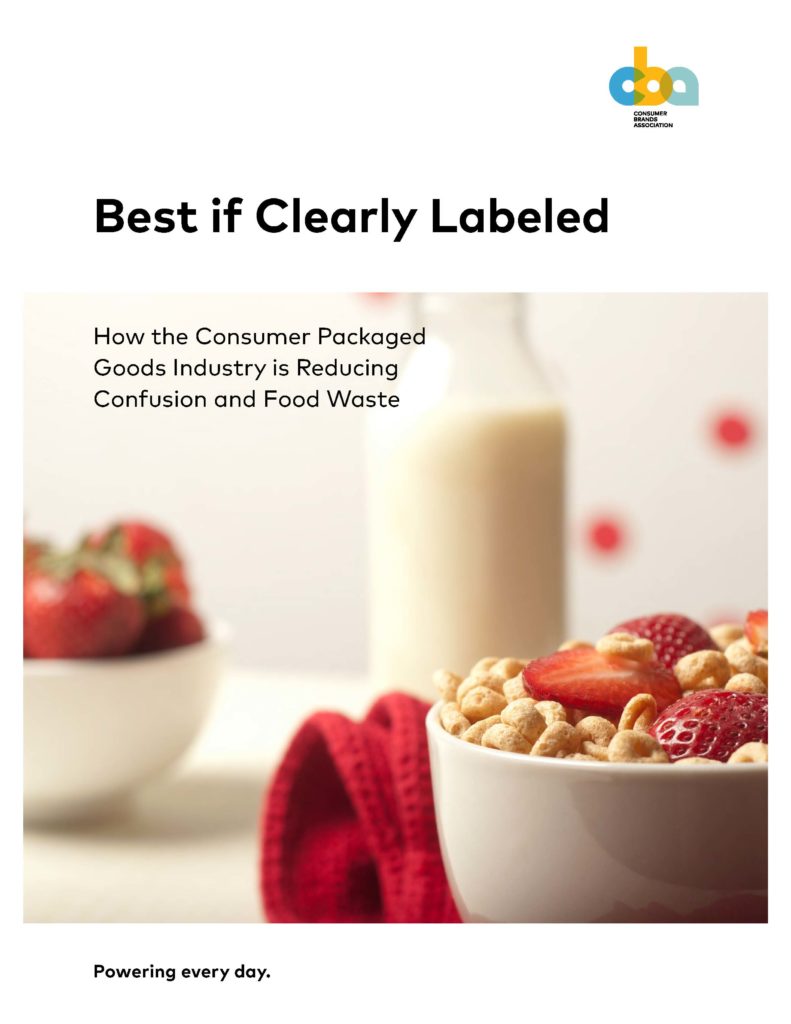
Cutting Confusion, Cost and Contamination
- 87% of store products now carry the streamlined labels.
- 44% of Americans determine whether to throw food away based on the dates on the label.
- 88% of Americans say the two definitions of “BEST If Used By” and “USE By” are clear.
Best if Clearly Labeled
With more than 10 different and confusing label options, Americans were confused by if and when they should discard food, beverage and household products. That’s why the CPG industry streamlined to two date labels, “BEST If Used By” and “USE By.”
Download
Financing the Future
- The most popular planned future initiative is robotic process automation.
- The greatest average annual savings from completed initiatives came from working capital improvements, business costs and finance organization redesign.
- The most common completed initiative was in management reporting and analytics.
2019 Finance Benchmarking
Which finance initiatives are truly worth the effort, and what are the best ways to approach them? The Consumer Brands Association partnered with PwC to find out. More than 20 CPG companies, with annual revenues ranging from $500 million to $20 billion, contributed data and insights.
DownloadRegulatory and Technical Manuals
Access technical, career-specific manuals for professionals in the CPG industry in the online library.
Our Updates, Delivered to You
Receive the latest updates from the Consumer Brands Association.
